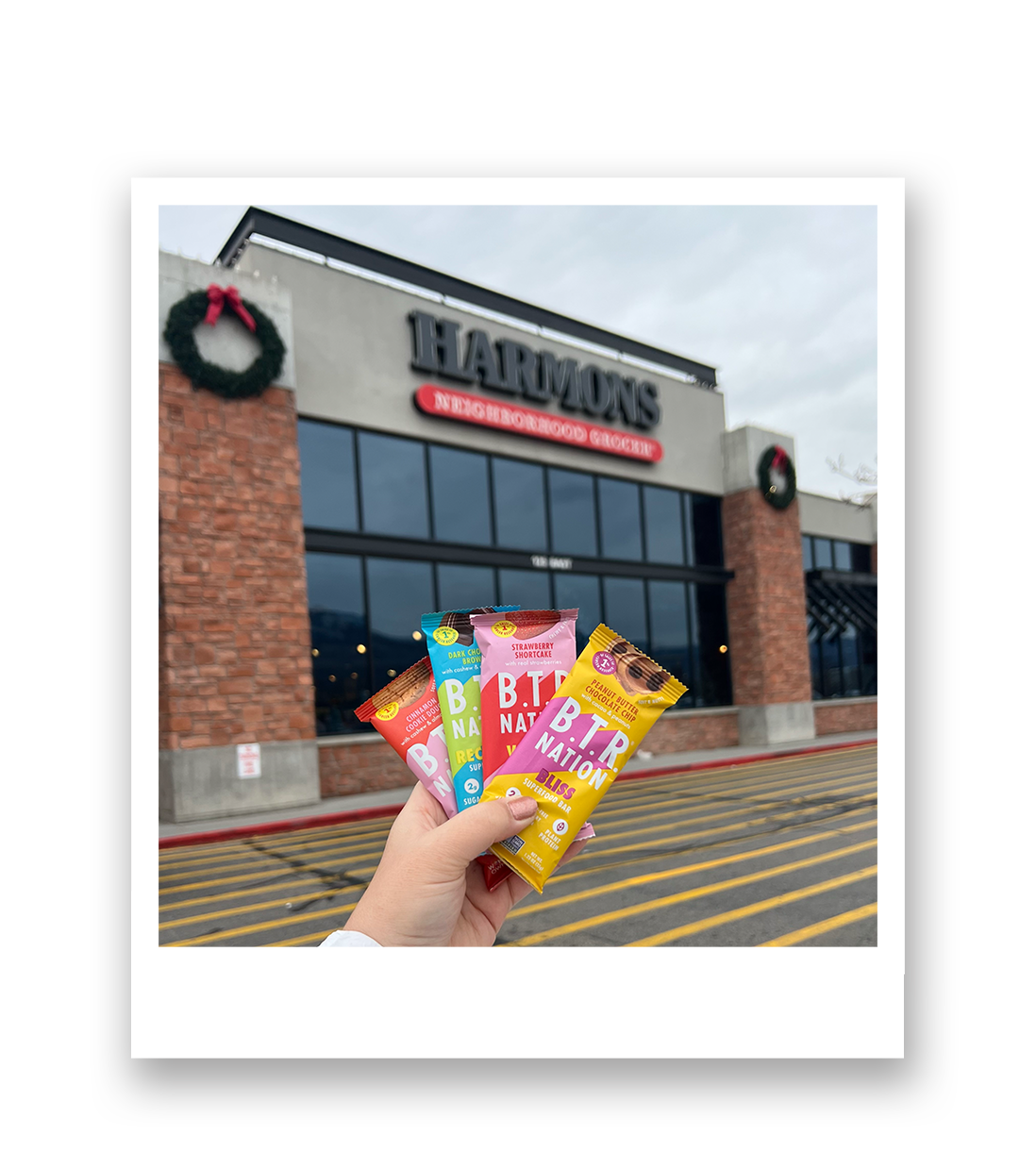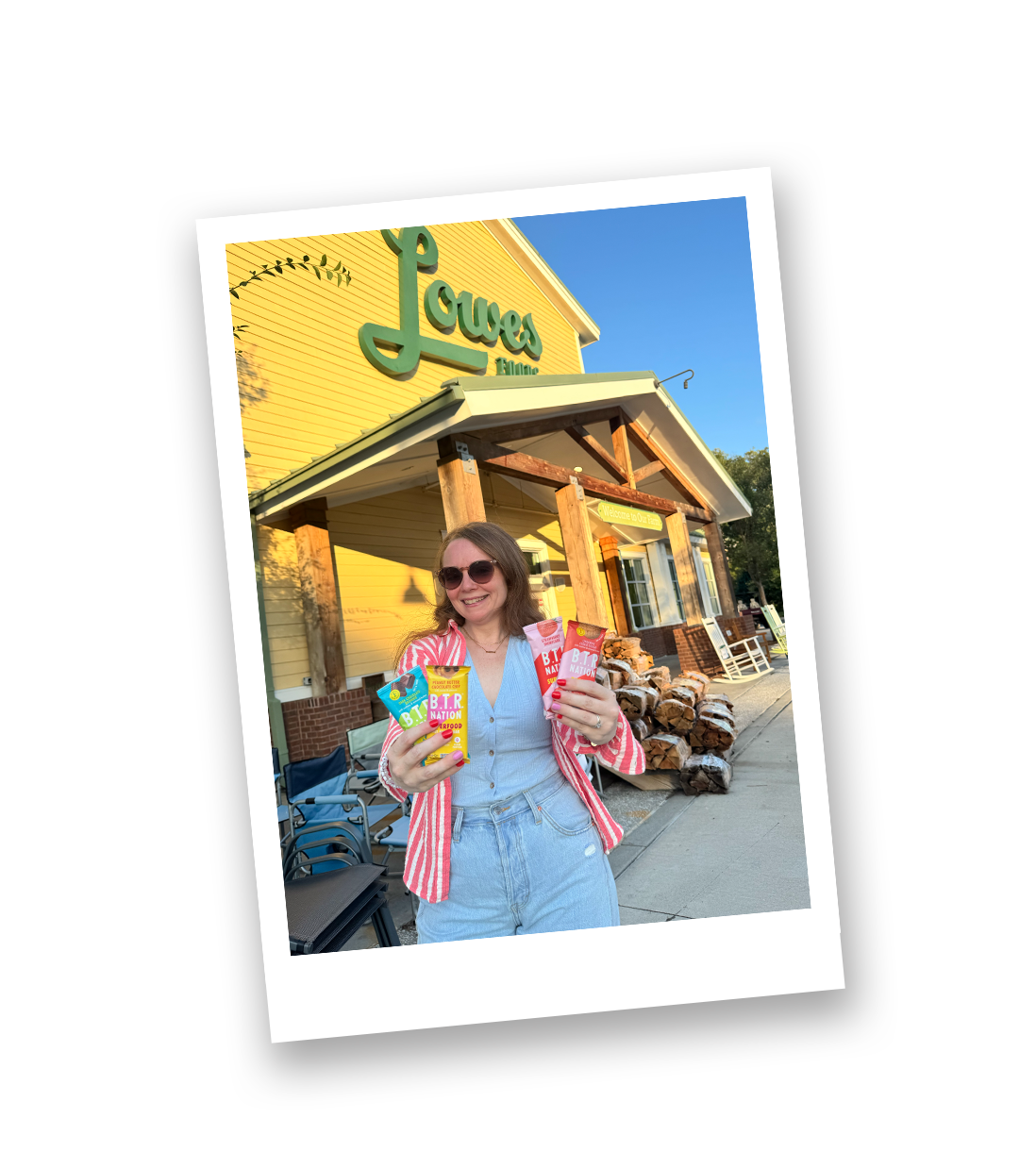Fiber Is Sexy Now: Why the Future of Wellness Starts with the Label

Introduction
Once relegated to digestion talk, fiber is having a major moment. And it’s about time. Fiber isn’t just about regularity—it’s the foundation of stable blood sugar, hormone balance, gut health, brain clarity, and longevity.
But here’s the real question: how do we make people care? About fiber, yes—but also about ingredients, transparency, and reading the back of the label.
At B.T.R. Nation, we believe fiber is hot, clean fuel is the future, and flipping the label is the new power move.
Let’s talk about why.
Fiber Isn’t Boring — It’s Foundational
Most people think “fiber” means prunes or psyllium powder. But fiber is a nutritional multitasker that supports nearly every system in your body.
It helps:
-
Balance blood sugar and energy
-
Feed beneficial gut bacteria
-
Improve satiety and curb cravings
-
Regulate hormones
-
Bind toxins and remove them through digestion
-
Lower risk of heart disease, colon cancer, and type 2 diabetes
Yet 95% of Americans don’t meet their daily needs【1-3†source】.
Fiber by the Numbers
-
Women need 25g+ daily; men need 38g+
-
The average intake is just 15g
-
Higher fiber = lower all-cause mortality
If fiber were a drug, it would be a blockbuster. But it’s available in real food—no prescription required.
The Problem: Labels Are an Afterthought
Supermarket aisles are filled with “clean,” “natural,” and “high-protein” claims. But flip the label and you’ll often find:
-
Added sugars (under names like rice syrup or agave)
-
Seed oils (sunflower, canola, soybean)
-
Ultra-processed additives that disrupt gut health
-
“Protein” bars with <3g of fiber
👉 The front is marketing. The back is the truth.
The Culture Shift: Why Reading Labels Is Cool Now
Let’s be honest—reading labels hasn’t always felt exciting. We’re here to change that.
Flipping a label is empowering. It shows you what’s actually in your food—fuel for longevity, not just hype.
At B.T.R. Nation, turning over the label is part of the culture—just like checking your skincare ingredients or price tags. Here’s how we make it hot:
1. Make Fiber Functional
Fiber can be flavorful. Think almonds, chia seeds, pumpkin seeds, coconut flour, cacao nibs, and chickpeas—superfoods that bring texture, richness, and satisfaction to every bite.
No bland powders. Just real, functional ingredients.
2. Elevate the Back of the Label
Let’s celebrate the back panel like great design. You should feel proud of what’s inside your snack.
✅ Look for:
-
5g+ fiber per serving
-
<4g total sugar
-
No seed oils
-
Recognizable, real ingredients
-
Protein + fiber, not one without the other
3. Normalize Reading Before Reaching
Adopt the “flip first, buy second” rule.
Ask yourself:
-
Does it list a fiber source early on?
-
Are there artificial sweeteners or emulsifiers?
-
Is the protein from whole foods or just isolates?
4. Teach Fiber Like a Biohack
Fiber isn’t just a nutrition stat—it’s a wellness lever.
Want clearer skin? → Feed your gut with fiber
Want stable energy? → Fiber slows glucose spikes
Want hormone balance? → Fiber clears excess estrogen
Want better appetite control? → Fiber keeps you full
5. Call Out the Pretenders
Many “clean” brands miss the mark—plant-based, keto, or paleo snacks with little to no fiber.
If your “high-protein” bar has 2g of fiber or less, it’s not functional fuel. It’s a missed opportunity.
6. Celebrate the “New Nutrition” Shopper
Meet the new wellness consumer: label-literate, seed-oil-savvy, and unfooled by marketing.
They’re not obsessive—they’re informed. And they expect more.
At B.T.R. Nation, we see you. You’re reading, questioning, and choosing better fuel.
7. Redefine the Word “Snack”
Snacks shouldn’t spike your blood sugar or leave you hungrier.
A real snack delivers protein, fiber, healthy fats, and functional ingredients that work for your body—not against it, like B.T.R. Nation PROTEIN+ bars.
That’s clean, sustained energy—not empty calories.
8. Make It Personal
Once you experience steady energy, less bloating, and sharper focus, there’s no going back.
You’ll feel the difference—and that’s the power of fiber.
The Bottom Line: Flipping Labels Is a Power Move
This isn’t about fear or perfection. It’s about intention.
In a wellness world full of marketing noise, the back of the label is where truth lives. The smartest thing you can do for your health? Read it.
Because fiber isn’t boring—it’s bold, foundational, and yes, officially sexy.
References
-
Slavin JL. Dietary fiber and body weight. Nutrition. 2005;21(3):411–418.
-
Anderson JW, et al. Health benefits of dietary fiber. Nutr Rev. 2009;67(4):188–205.
-
Dahl WJ, Stewart ML. Position of the Academy of Nutrition and Dietetics: Health implications of dietary fiber. J Acad Nutr Diet. 2015;115(11):1861–1870.
-
Hoy MK, Goldman JD. Fiber Intake of the U.S. Population: What We Eat in America, NHANES 2009–2010. USDA Food Surveys Research Group; 2014.
-
Reynolds A, et al. Carbohydrate quality and human health: a series of systematic reviews and meta-analyses. Lancet. 2019;393(10170):434–445.
-
Weickert MO, Pfeiffer AF. Impact of dietary fiber consumption on insulin resistance and the prevention of type 2 diabetes. J Nutr. 2008;138(3):439–442.
-
Stephen AM, et al. Dietary fibre in Europe: current state of knowledge on definitions, sources, recommendations, intakes and relationships to health. Nutr Res Rev. 2017;30(2):149–190.
-
Deehan EC, Walter J. The fiber gap and the disappearing gut microbiome: implications for human nutrition. Trends Endocrinol Metab. 2016;27(5):239–242.
-
Lattimer JM, Haub MD. Effects of dietary fiber and its components on metabolic health. Nutrients. 2010;2(12):1266–1289.
-
Slavin JL. Fiber and prebiotics: mechanisms and health benefits. Nutrients. 2013;5(4):1417–1435.











Leave a comment